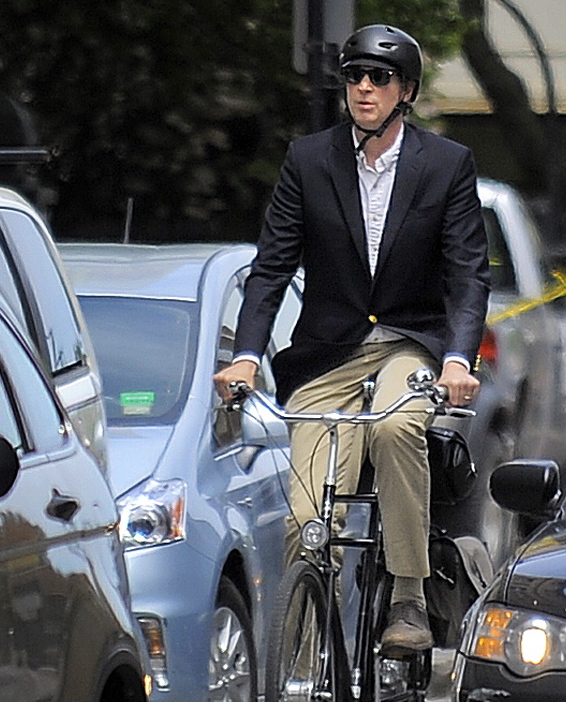Bikes have transformed urban landscapes throughout America, from pavement markings on streets to workday gear, and most people agree it’s a good thing. Bikes have reduced the pollution sent into the ozone layer, helped to conserve gas and oil and kept people fitter than they might otherwise be.
But there’s also been a downside: more injuries. And those injuries are costing billions of dollars a year.
A study published last week in the journal Injury Prevention estimates that from 1997 to 2013, the medical costs for nonfatal crashes involving adults increased by an average of $789 million each year. In 2013 alone, total costs were $24.4 billion – about double the amount for all occupational illnesses, the researchers wrote.
The numbers cover emergency transport, hospital charges, rehabilitation, nursing home stays, the cost of lost work and quality of life, among other things.
The rising costs can be partially explained by how bike crashes have changed in recent years, according to Thomas W. Gaither, a University of California at San Francisco medical student who was one of the study’s authors. In the past, there were many “non-street” incidents, but these days most involving adults are crashes with motor vehicles.
In 1997, 46 percent of injuries occurred on a street while in 2014 nearly 67 percent did.
This increases “the velocity of the crash impact and, as a result, the severity of the injury,” Gaither said. He and the other researchers also suggested that “streets might also predispose to more injuries due to the coexisting environment with urban areas, increased population density or the presence of more unyielding street furniture” (meaning things like utility poles, fire hydrants, parking meters and the like).
One other striking point has to do with the changes in rider demographics. “Costs associated with cycling coincide with a rising exposure trend in both older adults and men,” the researchers wrote. The number of bicycle miles traveled annually by people 45 and older went from 1.9 trillion in 2001 to 3.6 trillion in 2009.
In 1997, 26 percent of medical costs were due to riders 45 and older; by 2013, that had grown to 54 percent. Men continued to comprise the bulk of the injured, with 77 percent of costs in 2013 due to male riders.
Despite the bad news about the medical and cost consequences, the researchers said they still thought cycling’s health benefits outweighed the risks.
Send questions/comments to the editors.



Success. Please wait for the page to reload. If the page does not reload within 5 seconds, please refresh the page.
Enter your email and password to access comments.
Hi, to comment on stories you must . This profile is in addition to your subscription and website login.
Already have a commenting profile? .
Invalid username/password.
Please check your email to confirm and complete your registration.
Only subscribers are eligible to post comments. Please subscribe or login first for digital access. Here’s why.
Use the form below to reset your password. When you've submitted your account email, we will send an email with a reset code.